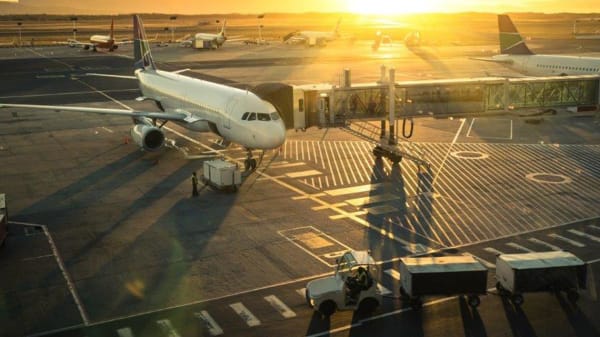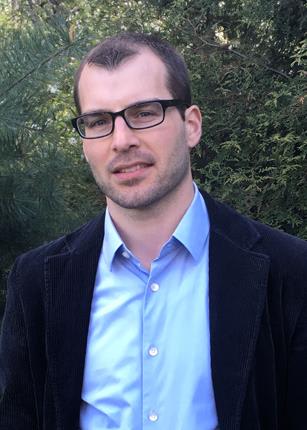'Thanks for delaying our flight'
‘It’s like a deli counter – everyone waits their turn and gets served sooner’. Rob, a member of Saab's ATM team, talks about an encounter with a fellow passenger onboard an airplane.

During a recent flight I took out of JFK International Airport in New York, my seatmate introduced himself and continued to strike up a conversation. He started with the standard questions that we business travelers have grown accustomed to exchanging, the friendly ones that help feel out whether the other person is interested in chatting with us and whether they seem pleasant enough for us to want to continue chatting with them. We made it over the first hurdles, the “Where are you froms” and the “Business or pleasures”. He then moved on to the old classic, “What do you do?” As I was about to launch into my usual explanation of my company and my role in it, the pilot interrupted to announce that we had received a surface flow management delay and we were going to hold at the gate for 10 minutes for our turn to depart. When the pilot’s mic clicked off, I chose a different response, “that’s what I do,” I told him. His raised eyebrows told me he was intrigued, but was waiting for the rest of the story.

I am a manager within Saab’s Air Traffic Management (ATM) division. Our mission is derived from Saab’s corporate vision, which is to support the right for everyone to feel safe. At Saab ATM, we are dedicated to enabling a safe and efficient aviation system that allows people and goods to flow freely. For three decades, we have worked hard to support this mission by providing tools that help air traffic controllers, flight operators, and airport operators perform their important jobs.
Saab ATM’s portfolio of products spans surveillance sensors that accurately track aircraft in the air and on the ground, safety alerting tools that monitor traffic and alert air traffic controllers to unexpected or unsafe conditions, decision support tools that help controllers and operators understand what’s happening and make better decisions, and digital tower solutions that reduce the cost of providing services to remote airports. Our commitment to safety and efficiency also extends inside of airports, where we provide airport security solutions to help manage incidents and the every-day coordination of security resources.
Our air traffic management systems are deployed in more than 100 locations across 45 countries. JFK is one of these locations and while nobody wants to claim responsibility for a delay, I’ll proudly state that we had more than a little something to do with the 10 minute gate delay that I mentioned earlier. We have two main systems deployed at JFK. The first is Airport Surface Detection Equipment, Model X (ASDE-X) that we designed, built, and installed for the Federal Aviation Administration (FAA). It consists of surveillance sensors that identify and track aircraft and ground vehicles and software automation tools that provide situational awareness and safety alerts to air traffic controllers in the tower.
The other Saab ATM system that we have deployed at JFK is our Aerobahn Collaborative Decision Making Suite. Aerobahn connects to the surveillance data feed provided by ASDE-X, but uses the aircraft position information for a very different purpose. While ASDE-X is focused on helping air traffic controllers safely keep planes apart, Aerobahn is focused on enabling multiple operational stakeholders to work together to coordinate and optimize flight movements on the ground. The goal is to get each flight in and out as fast and as efficiently as possible so that passengers can get on with their journey. This is where the 10 minute delay comes in. Our Aerobahn system at JFK implements what the industry refers to as “pre-departure sequencing” or “departure management.” It automatically monitors traffic at the airport to determine the optimal sequence that aircraft should leave the gate so that they spend the minimal amount of time waiting in line to use the runway. This reduces the amount of fuel burned and also reduces the total amount of delay incurred. It works much like the line at the deli counter. If everybody coordinates and waits for their turn, there’s less time shuffling around and everyone gets served sooner. So the 10 minute delay we took at the gate saved us at least 10 minutes that we would have otherwise spent taxiing and it likely saved us more because of the additional optimizations that Aerobahn makes to account for other flight details (like aircraft size and flight route).
Systems like Aerobahn make the steadily increasing amount of air traffic possible and systems like ASDE-X are what make air travel so safe. The rarity of air traffic safety incidents today means that most passengers hardly even think about them anymore. After finishing my explanation, my seatmate nodded in understanding, and put together a sentence that had never been spoken in the history of aviation. “Well then, thanks for delaying our flight,” he said with a grin.